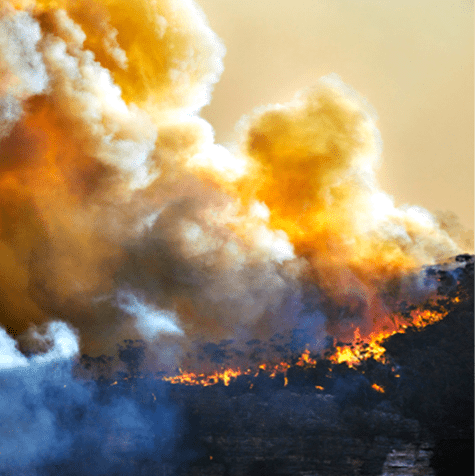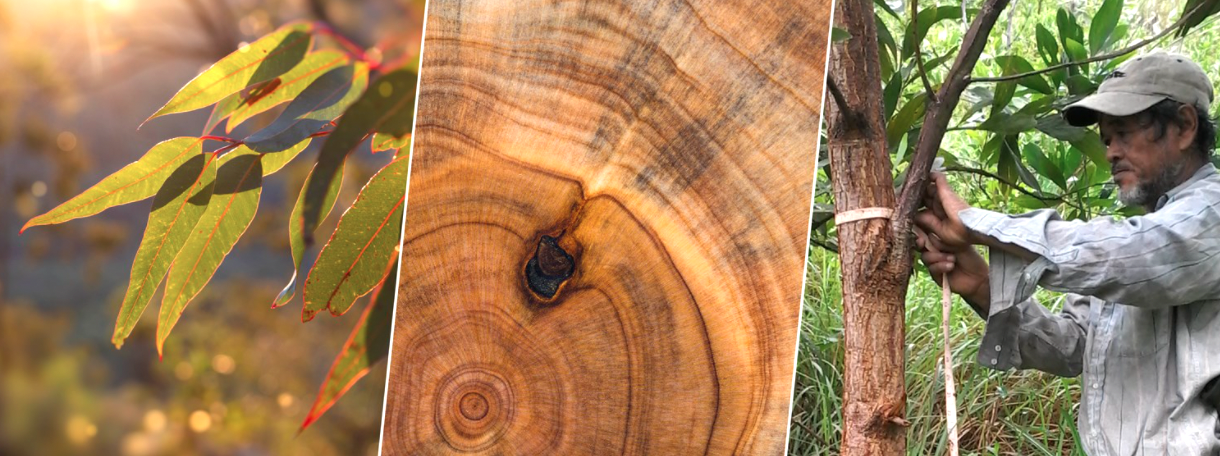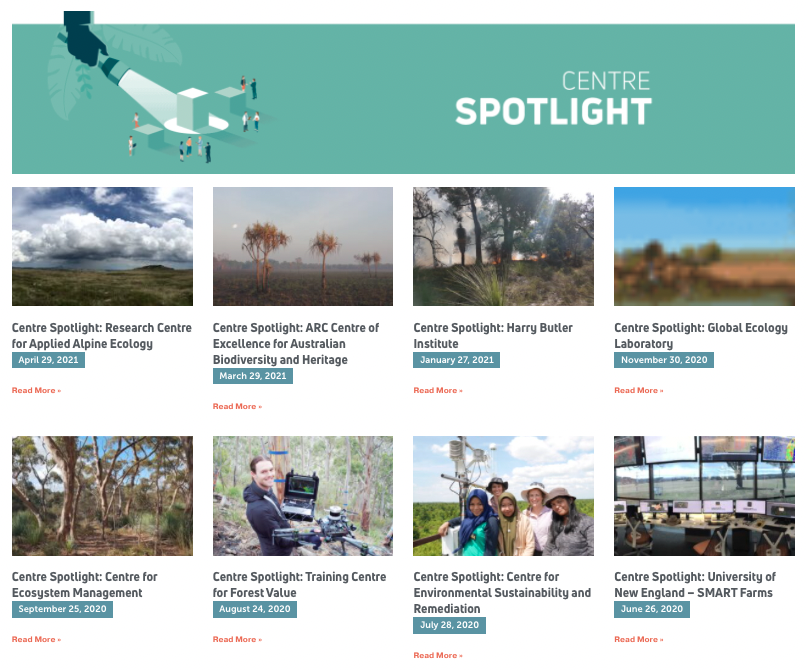This month’s spotlight is aimed at the University of the Sunshine Coast (USC) Forest Research Institute. This group undertakes work in the broad spectrum of forestry research areas that make direct and meaningful contributions to the sustainability of our wooded landscapes, including important areas of studies such as smallholder and forest conservation-based research, along with work to ensure industries profitable while meeting regulatory requirements and public expectations.
USC’s main campus is at Sippy Downs on the Sunshine Coast of Queensland, which is famous for its immense variety of forested landscapes including extensive commercial pine plantations, rainforest and dry forests. There’s ironbark and grey gum forests, bunya and hoop pines, lilly pilly and casuarina groves and much more.
As the first greenfield university to open in Australia since 1971, USC has helped unlock the innovation, productivity and potential of its regional communities with multiple campuses across the region. Given its setting among the trees and the importance of the forestry industry In Queensland, it is not surprising to find that USC is home to the Forest Research Institute.
The Forest Research Institute
The Forest Research Institute is comprised of three Centres: National Centre for Timber Durability and Design Life led by Professor Jeff Morrell, Forest Industries Research Centre led by Professor Mark Brown, and Tropical Forests and People Research Centre led by Professor John Herbohn all with significant national and international leadership roles in applied forest and forest products research.
The Centres have their individual identities and research focus but work collaboratively for greater impact.
Untangling the role of vines in the forest
Associate Professor Andy Marshall, an ARC Future Fellow, carries out forest research with global impact. His research is registered with ForestPlots.net, which requires use of standardised techniques to allow the behaviours of tropical forests to be measured, monitored and understood at a global scale.
Andy is the principal investigator of the collaborative, five-year Forest Restoration and Climate Experiment (FoRCE), a study that uses ForestPlots methods. The project involves measuring tree, liana, palm and strangler density, growth and structure in 0.04ha (sapling) and 0.4ha (large stem) sample plots with measured and marked stems, stratified across climate and disturbance gradients. The researchers are then upscaling these data to the landscape scale using satellite sensor data. In some plots, they are establishing climate and soil monitoring stations and for others they use remotely sensed climate data.
FoRCE is aiming to measure and understand the long-term dynamics of tropical forest recovery from major human disturbance, and interactions with climate, topography and experimental management.
The recent Australian bushfire crisis is such a disturbance and Andy says woody vines – or lianas – could become a fire hazard when dried by hot weather. Andy has warned that vines that once protected vegetation from fire may now be drying into fuel.

Associate Professor Andy Marshall
“Lianas growing extensively over the top of trees actually protect forests from fire, but if they’re not properly managed, dried lianas can act as fuel for fires.
Increasing fire due to climate change is likely to worsen this effect because some forests will likely become too dry for lianas, leaving dried out vegetation behind for fires to spread – even up into the forest canopy.
This is unusual for rainforest areas, but in preparation for our long-term experiments, we are hearing accounts of recent incidences of this in north Queensland, which is of great concern for forest managers.
Forests are also vital for our planet – so when vines are stopping them from growing or contributing to fuel loads, we need to take notice.”
USC bushfire app - NOBURN
USC researchers are about to develop a citizen science app for people living in fire-prone areas to help predict the likelihood of bushfires and minimise their devastating effects. The University has been awarded an Australian Government Citizen Science Grant to design and implement the app, called NOBURN (NatiOnal BUshfire Resilience Network).
Citizen scientists from around the country, including people who hike, work and live in forest areas, will be encouraged to use the app to collect vital data in the form of photos and forest fuel samples.
The project team will be led by Deputy Director of USC’s Forest Research Institute Professor Mark Brown and Director of USC’s Centre for Human Factors and Sociotechnical Systems Professor Paul Salmon. They will be supported by USC Research Fellow Dr Sam Van Holsbeeck and will work in cooperation with artificial intelligence (AI) experts at the Australian Institute for Machine Learning (AIML) at The University of Adelaide.
Professor Brown said the data gathered would be matched with satellite imagery and then used to train AI systems to predict the probability, severity and burn area of potential bushfires.

2019 Bushfire in South-East Queensland
“While naturally occurring bushfires cannot be avoided, there is an opportunity with this project to predict their likelihood and implement strategies to minimise their impact on the environment, property and life.
Over 10 million hectares were burnt and over 2,000 homes were destroyed in the 2019-20 fire season, and the impact on agriculture, forestry and tourism industries was devastating.
A range of factors determine the intensity and speed of fires, including fuel load, moisture, ignition source and wind. However, the methods currently available to predict fire events and risk are complex and not easily accessible for residents in bushfire-prone areas.
Machine learning is a type of AI that can capture complex patterns in data and make predictions based on what it has learned from previous observations.
In this project, the citizen science NOBURN app will give us access to more data that can be used to train the AI.”








